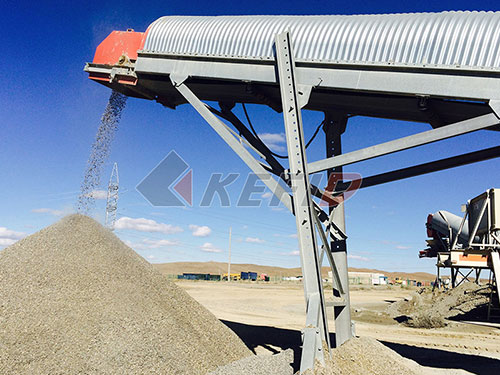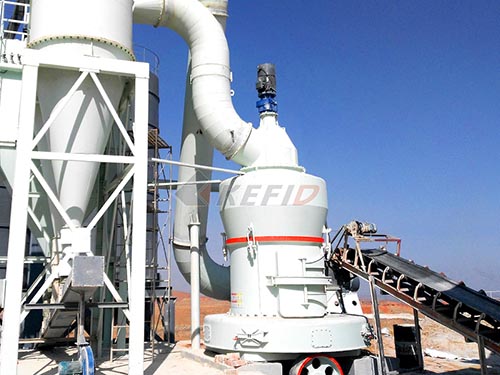A soft stone crushing plant is designed to process relatively easy-to-crush materials such as limestone, marble, gypsum, dolomite, or chalk. These stones have lower hardness (typically Mohs 3-5) compared to hard rocks like granite or basalt. Below is a detailed breakdown of a soft stone crushing plant setup:
1. Key Components of a Soft Stone Crushing Plant
# (1) Primary Crushing Stage
– Jaw Crusher (Recommended for coarse crushing)
– Handles large feed size (up to 1,200 mm).
– Produces output of ~150-300 mm.
– Impact Crusher (Alternative for softer stones)
– Better for less abrasive materials.

# (2) Secondary Crushing Stage
– Cone Crusher (For medium-hardness stones)
– Produces well-shaped aggregates (~20-70 mm).
– Impact Crusher (Preferred for softer stones like limestone)
– Provides better cubical shape.
# (3) Tertiary/Fine Crushing Stage (Optional)
– Vertical Shaft Impact (VSI) Crusher or Hammer Crusher
– Produces sand or fine aggregates (~0-5 mm).
# (4) Screening & Grading
– Vibrating Screen separates different sizes (e.g., 0-5mm, 5-10mm, 10-20mm).
# (5) Conveyor System & Dust Control
– Belt conveyors transport materials between stages.
– Dust suppression systems reduce airborne particles.

2. Typical Flow Process
1. Feeding: Raw material is loaded into a hopper via an excavator or wheel loader.
2. Primary Crushing: Jaw crusher reduces large chunks to ~150-300 mm.
3. Secondary Crushing: Cone/impact crusher further breaks down to ~20-70 mm.
4. Screening: Separates aggregates into required sizes; oversize goes back for recrushing.
5. (Optional) Sand Making: VSI crusher produces fine sand if needed.
3. Recommended Equipment Selection
| Material | Primary Crusher | Secondary Crusher | Fine Crusher |
|-|-||-|
| Limestone | Jaw Crus
Leave a Reply